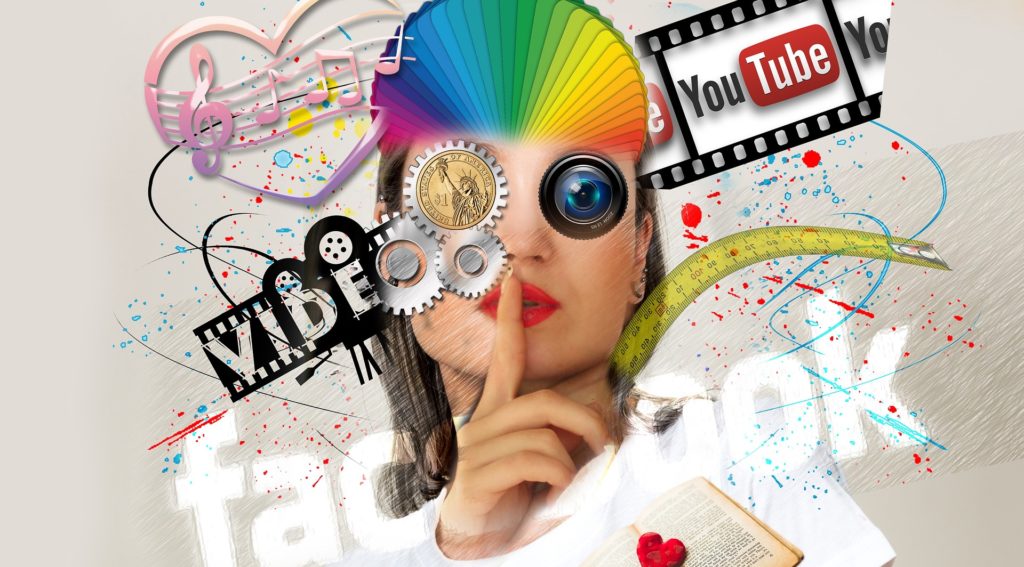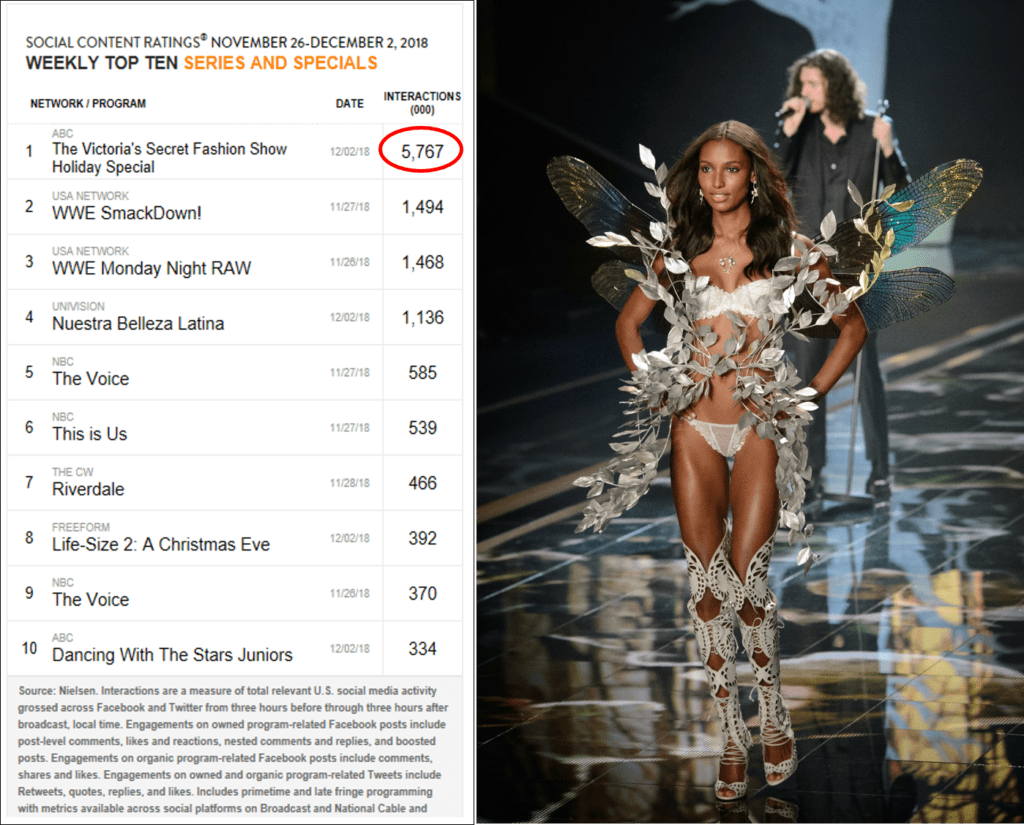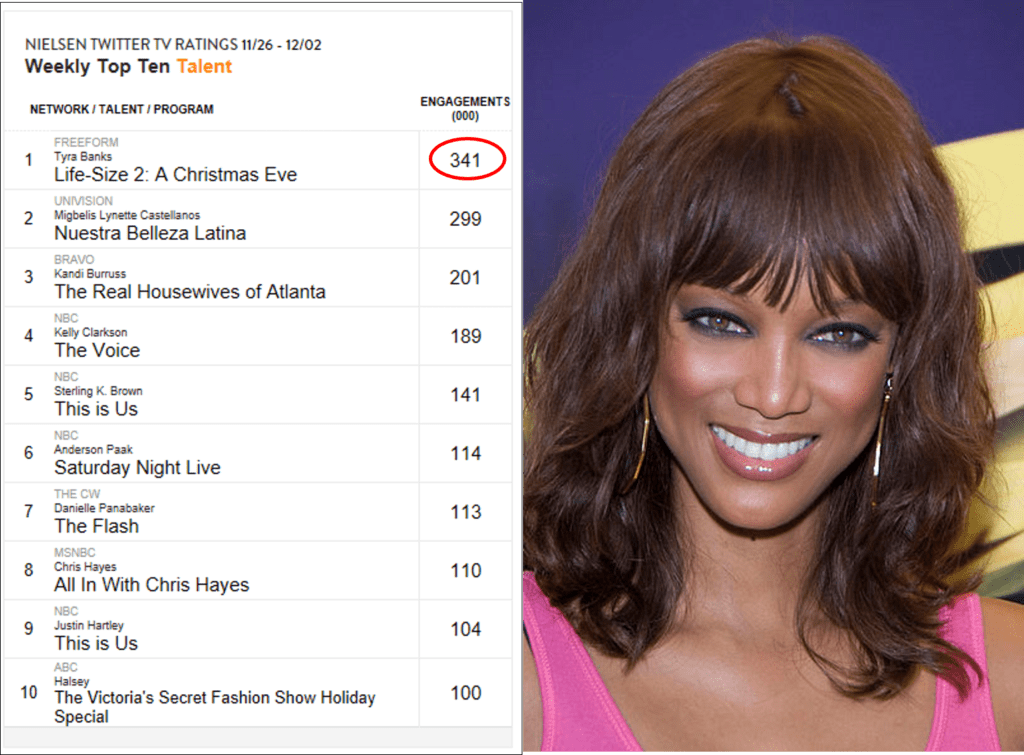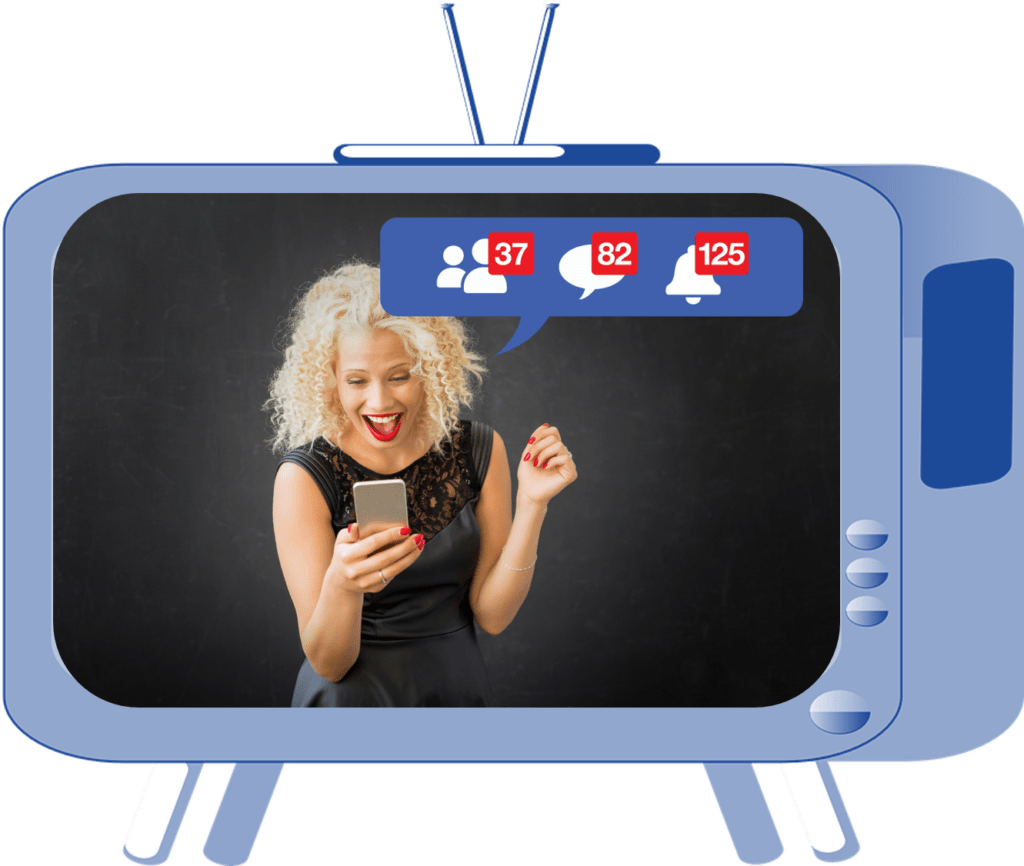 As if we don’t have enough numbers, right?
As if we don’t have enough numbers, right?
Now, Nielsen is expanding diary ratings to year-round measurement, thus ending the ability to “buy a book.” And in PPM, the presence of weekly ratings for more than a decade now has changed the way programmers and managers consider their decision-making.
That’s because ratings drive decisions – for better or for worse. When something is measured, it changes the way content creators approach their craft. The same will eventually become a truism as podcast metrics become more granular. The announcement earlier this week that NPR is unveiling its new podcast measurement tool – RAD – which stands for Remote Audience Measurement – will help make producers more knowledgeable about the nuances of tune in, retention, and the other questions that remain unanswered today.
These days, Nielsen is providing reams of data about any number of consumer behaviors, making the impact of media clearer and more understandable to marketers. This has been especially the case as on-demand viewing as taken over television consumption like a creeping virus that seemingly grows with each passing month.
But did you know Nielsen also provides TV producers, programmers, and marketers with data that go to the heart of engagement – both on a programming and personality level?
A few days ago, Adweek‘s David Cohen reported that Nielsen now tracks TV talent on the effectiveness of their social media interaction. And that marks a first.
It turns out they’ve been measuring the effectiveness of TV series and specials, as well as sports events on two separate charts. This is significant because this data goes well beyond “flat metrics” like reach, frequency, cume, and quarter-hour.
Nielsen measures likes, posts, comments, and other emotional responses on Facebook and Twitter for TV programs, three hours before and after they air. These metrics go to the heart of how viewers interact with programming, as well as their sharing patterns – the Holy Grail of media success. 
For the week of November 26, the social winner was “The Victoria’s Secret Fashion Show Holiday Special” – garnering more than three times the interactions of the runner-up show, “WWE SmackDown.”
It’s fascinating to learn that series shows like “This Is Us” and “Riverdale” are competitive with reality TV shows like “Dancing With The Stars Juniors” and “The Voice.”
On the sports front for the same week, NFL games take the top three spots for social engagement – a sure sign that beleaguered league still rocks its fan base in the social arena.
These Nielsen numbers about shows, programs, and sports that transcend actual viewership are eye-openers. But none more than their newest chart – the Top 10 ranker for talent in the social space.
For social media mavens like Lori Lewis, this data is an analyst’s dream come true. We learned many years ago that people talk about people. And on social media, that conversation is amplified by the ordinary consumer’s ability to weigh in on the celebrity of their choice – often in real time.
In the debut chart, the big winner is Tyra Banks who starred in “Life-Size 2: A Christmas Eve,” edging out Univision’s “Neustra Belleza Latina” featuring Migbelis Lynette Castellanos.
It’s also fascinating to learn how different personalities perform differently in the same show in the social space. That’s the case for Sterling K. Brown who  generated considerably more interaction than his co-star on the hit NBC show, Justin Hartley.
generated considerably more interaction than his co-star on the hit NBC show, Justin Hartley.
We see the same phenomenon – in slow motion – in perceptual research for radio personality shows where cast members perform differently from one another.
But what we never learn is their social interactivity – a truer indicator of passion, engagement, and emotion – the variables that are especially important to listeners – and advertisers.
The other impact of this new Nielsen chart will undoubtedly be an awakening among TV talent about the importance of these metrics specifically, and social media in general.
As we know from our experience in radio, some of the biggest, more popular radio personalities are social media midgets, often in denial about the value and power of audience interaction. Conversely, it is always fascinating to watch a less prominent on-air personality score big points in the social space, connecting with listeners in more organic ways.
Nielsen’s thousands of radio clients could use these metrics. At a time when the industry struggles to prove cause and effect – now known as “attribution” – social scoring of radio morning shows, talk shows, and personalities could stimulate the everyone in radio to start watching the scoreboard again. Some companies have  drifted away from ratings services, but this kind of data could reignite interest in and attention to these numbers.
drifted away from ratings services, but this kind of data could reignite interest in and attention to these numbers.
That’s because even in this more conservative, consolidated era of broadcast radio where disruption is everywhere and marketing resources are at a premium (or nonexistent), a social media engagement pecking order could shake the radio tree – in a good way.
Radio has tremendous social impact – it’s just that we don’t have a single set of metrics that affirm these relationships.
Remember it was a single radio station in Cleveland that started the nationwide conversation about the “controversial” lyrics of a song popular nearly 70 years ago.
It was a radio talk show host who won Mediaite’s impact news personality of the year.
And it was a syndicated morning radio host who took top honors on “Dancing With The Stars.”
All three of these “radio moments” undoubtedly moved the needle in the social space – in every possible direction.* It was impossible not to react to all three of these events. But none of this interactivity ever showed up in a rating book or ranker.
And that’s the point – more so than most other audio sources, broadcast radio is a passionate, talent-centric medium.
It deserves social content measurement that reflects its true value and impact.
*WDOK/Cleveland, Sean Hannity, and Bobby Bones are the radio “movers and shakers” in the above examples.
- Traveling At The Speed of CES - January 10, 2025
- The One Thing Missing At CES? - January 9, 2025
- AI Your Commercials - January 8, 2025




Leave a Reply